The Importance of Brain Health by the Numbers
- Every 40 seconds someone in the United States has a stroke
- Stroke is the 5th leading cause of death in the U.S.
- 99% of us have at least one of the risk factors
- 3 in 5 Americans will develop a brain disease in their lifetime
What is a stroke?
A stroke occurs when blood flow to an artery of the brain is blocked (ischemic stroke) or ruptures (hemorrhagic stroke). When this occurs, brain cells are deprived of the oxygen and glucose needed to survive. If not caught early, permanent brain damage or death can result.
There are two types of strokes:
- Ischemic strokes can also occur when too much plaque (fat and cholesterol) clogs the brain’s blood vessels. Blood clots form either directly in the brain, in blood vessels leading to the brain, or in blood vessels elsewhere in the body which can travel to the brain. These blood clots block blood flow to the brain’s cells which impairs function. About 87% of all strokes are ischemic (CDC).
- Hemorrhagic strokes occur when a blood vessel in the brain breaks or ruptures. The result is blood seeping into the brain tissue, causing damage to brain cells. The most common causes of hemorrhagic stroke are uncontrolled high blood pressure and brain aneurysms. An aneurysm is a weakness or thinness in the blood vessel wall.
A TIA (Transient ischemic attack) can mimic stroke-like symptoms as blood flow to part of the brain stops for a short period of time. These symptoms appear and last less than 24 hours before disappearing. While TIAs generally do not cause permanent brain damage, they are a serious warning sign that a stroke may happen in the future and should not be ignored.
What are the symptoms of a stroke?

Getting help and treatment is extremely important, which is why Western Missouri Medical Center (WMMC) is proud to be a designated Level III Stroke Center by the state of Missouri and an Acute Stroke Ready Hospital certified by The Joint Commission, meeting the standards to provide definite and timely treatment for stroke patients.
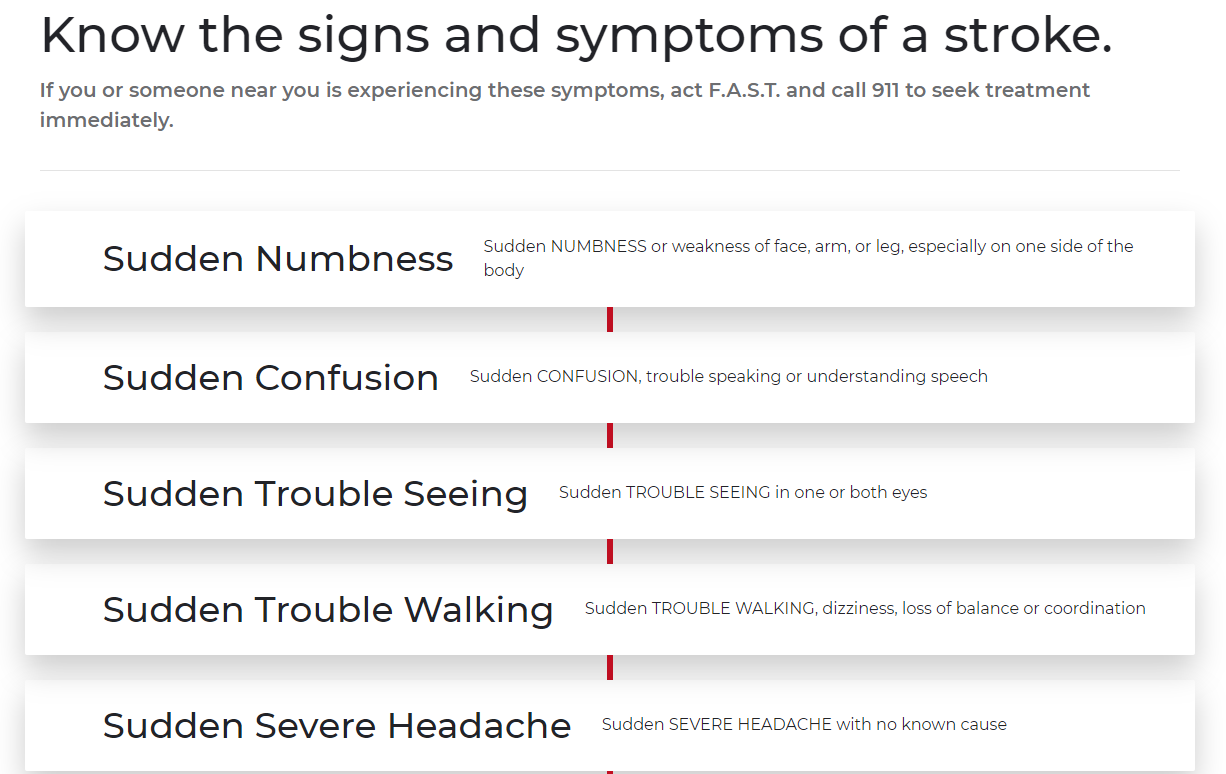
What are your risks?
- Uncontrolled High Blood Pressure
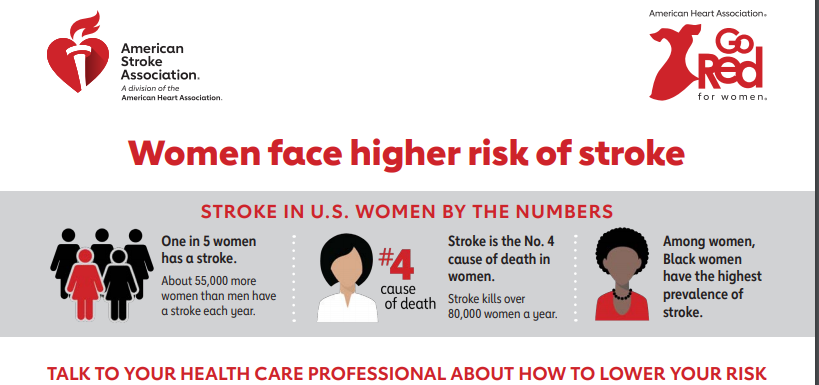
- Atrial Fibrillation
- Uncontrolled Diabetes
- High Cholesterol
- Smoking
- Obesity
- Heart Disease
You can’t control all risk factors for a stroke and it is important to know what they are:
- Age
- Family History
- Race
- Gender
- Previous Stroke, TIA, or Heart Attack
How can you reduce your risk of having a stroke?
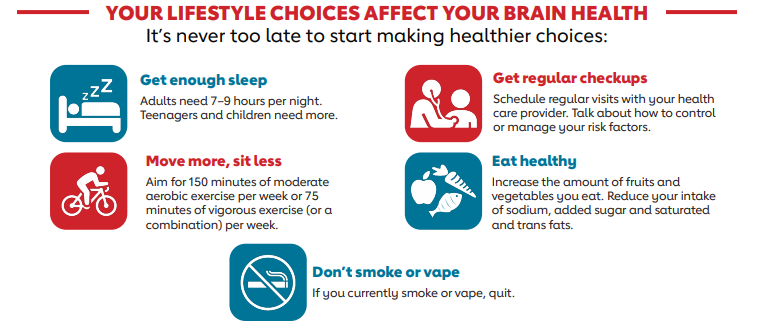
What conditions should I talk to my provider about?
- High blood pressure
- Atrial fibrillation (A-Fib)
- High cholesterol
- Diabetes
- Circulation
These are all conditions you should discuss with your primary care provider. These are treatable and controllable with medications and nutrition. Before starting an exercise plan, please consult your primary care provider.
What does it mean to be a Level III Stroke Center?
Western Missouri Medical Center has been designated by the State of Missouri Time Critical Diagnosis (TCD) Program as a Level III Stroke Center and certified by The Joint Commission as an Acute Stroke Ready Hospital. Our staff is specially trained and ready at a moment’s notice to provide a rapid response for stroke care.
What should I do next?
Stroke is an emergency. If the symptoms match, call 911 immediately.
The earlier the detection, the greater the chance of receiving the clot-busting medication and reducing the risk of death or disability. Be sure to know the symptoms and risks and educate your loved ones. Remember the acronym B-E-F-A-S-T: Balance Loss, Eyes Blur, Facial Drooping, Arm/Leg Weakness, Speech difficulty, and Time to call 911.
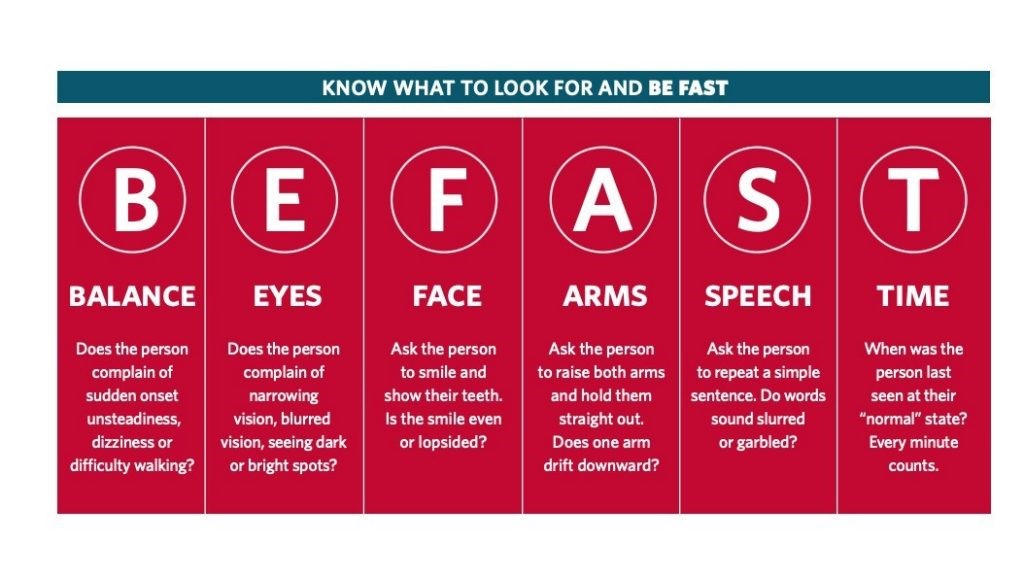
If you’re concerned about health risks, be sure to talk with your primary care provider. To see a list of all our family medicine providers, use our “Find a Provider” page. We’re your partner for health.
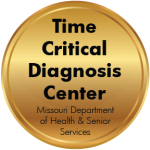
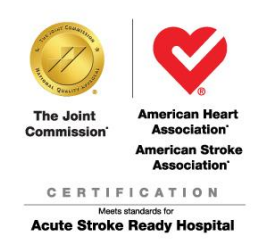
Source: www.stroke.org
